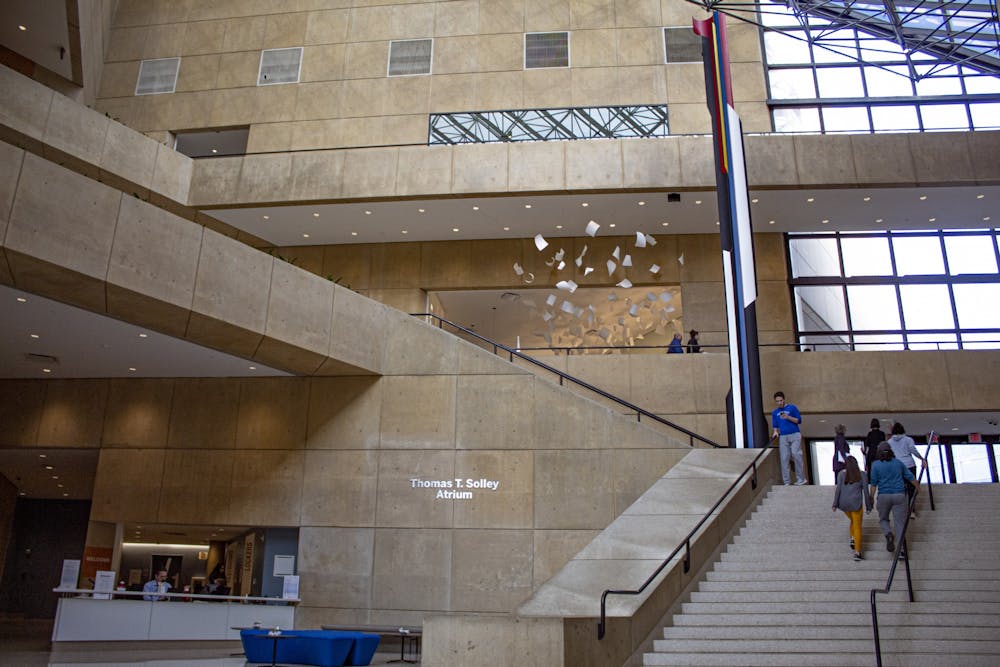The IU Campus Art Collection is the culmination of years of art acquisition. It is made up of several smaller exhibitions found in places such as the Sidney and Lois Eskenazi Museum of Art, the Indiana Memorial Union, the Mathers Museum of World Cultures and the Hoagy Carmichael Room.
The bicentennial has prompted the collection to recognize previous purchases and add new art around campus.
Former IU President Herman B Wells began discussions with former head of the art department Henry Radford Hope in 1941about the need for a diverse collection of worldwide art, according to the Eskenazi Museum website . About 40 years later, the Eskenazi Museum was completed.
Curator of Campus Art Sherry Rouse said IU has been acquiring artwork since 1820. The most significant acquisitions began in the early 1900s in the Indiana Memorial Union when students established an annual tradition, Rouse said. They would purchase a painting from an art exhibition called the Hoosier Salon each year.
Eventually, the collection became old enough for conservation, but it was scattered in multiple locations, Rouse said. So Rouse and Kathryn Chattin, assistant curator of campus art, reorganized and continued to preserve the collection.
“It’s great when we can continue something that started so long ago,” Chattin said.
For the bicentennial celebrations, a new mural was added in the Wright Quad dining hall to add to the collection of murals depicting IU throughout the decades. Rouse said she is hoping for a good response from students, especially because the mural has modern and traditional aspects.
According to the Office of the Bicentennial website, there are also new murals in Presidents Hall to represent IU’s “Lux et Veritas” motto.
The Campus Art Collection features pieces from Asia, Europe, Africa and the Americas. The collection also features art from ancient civilizations, such as ancient Mesoamerica, Mesopotamia and northern native American civilizations.
“We have donors who give us things from all over the world,” Rouse said.
If a piece from the collection is moved, students notice, art preparator Sonja Rogers said.
“They become really attached too, we notice, as we move stuff around,” Rogers said. “You’ll get a lot of response from students where they actually go, ‘You’re not taking that away, are you?’”






